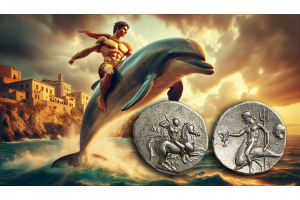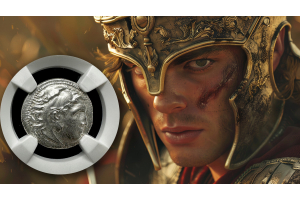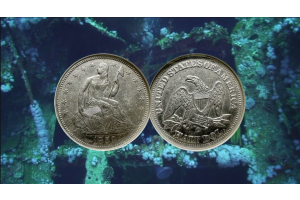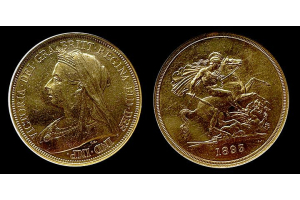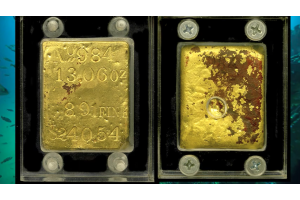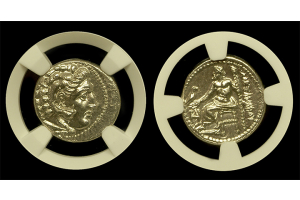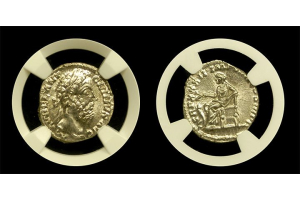What is the Ptolemaic Kingdom of Egypt?
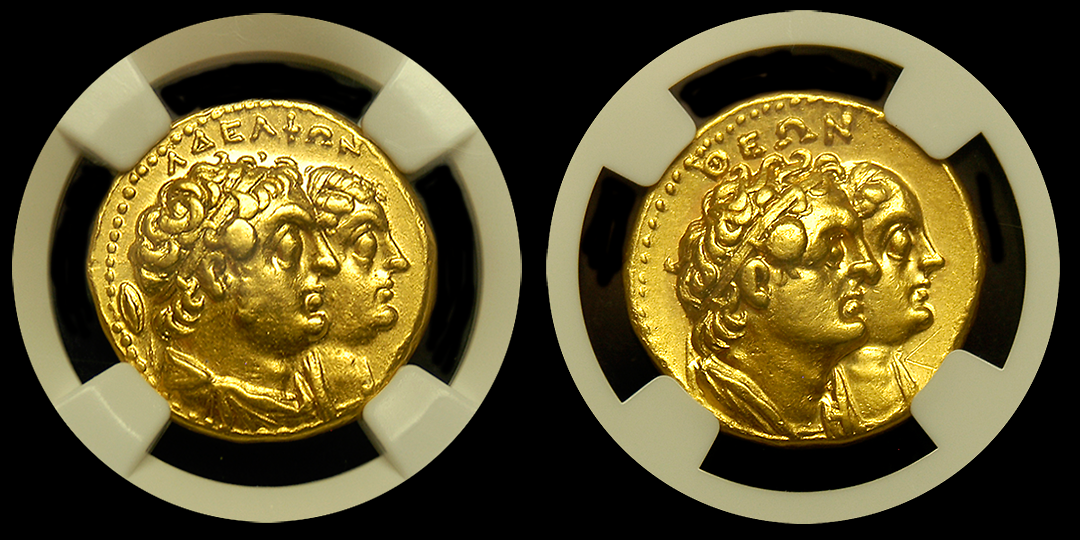
Exploring Ancient Coinage and Majestic Rulers
Introduction: What is the Ptolemaic Kingdom of Egypt? This question unveils a fascinating chapter in history, delving into the reign of the Greek-descended Ptolemaic dynasty. In fact, the Ptolemaic dynasty ruled Egypt from 305 BC to 30 BC. Led by a line of remarkable rulers, this kingdom left an indelible mark on the ancient world. This article will explore the captivating coinage circulated during the Ptolemaic era. Additionally, it will feature iconic portraits, impressive sizes, and valuable precious metals.
The Ptolemaic Coinage
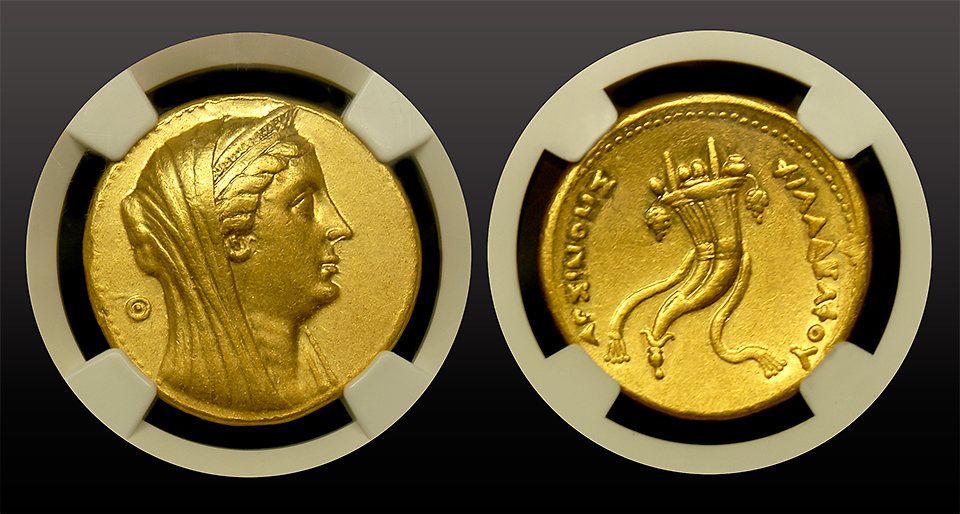
In the vast treasury of the Ptolemaic Kingdom, a diverse range of coins emerged. For example, each bearing the distinct imprint of its rulers. The coinage of the Ptolemaic era played a crucial role in commerce, political propaganda, and showcasing the wealth and power of the kingdom. One of the most prominent figures depicted on the coins was that of Ptolemy I Soter, the founder of the dynasty. His regal portrait on the coins reflected his authority and status as the ruler of Egypt.
As the kingdom progressed, subsequent Ptolemaic rulers adorned the coinage with their own likenesses. For instance Ptolemy II and his queen-sister Arsinoe II (Coin Shown to the left), Ptolemy III Euergetes, and the renowned Cleopatra VII. These portraits captured the royal splendor and beauty of the ruling family, solidifying their image as divine and powerful figures.
The Octodrachms
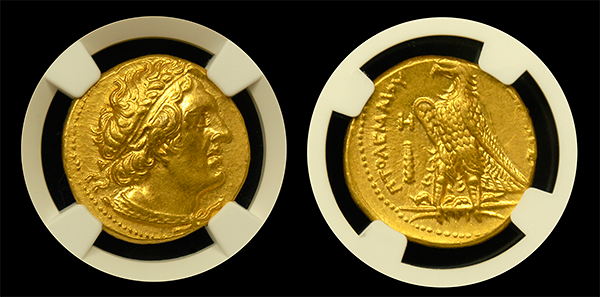
A Symbol of Prestige: Among the remarkable coinage of the Ptolemaic Kingdom were the octodrachms. Amazingly, these large and impressive silver coins that reflected the kingdom's wealth and influence. The octodrachms were hefty in size, weighing approximately 27 grams and measuring around 28mm in diameter. These coins were minted in precious silver and showcased the regal portraits of the ruling monarchs.
The gold content of the Ptolemaic coinage was also noteworthy. Above all, the kingdom possessed vast gold reserves, which were utilized to mint beautiful gold coins. The most famous gold coin of the Ptolemaic era was the gold octadrachm. Notably, they displayed the revered image of the ruling monarch on the obverse and various symbols and inscriptions on the reverse.
The Legacy of the Ptolemaic Kingdom
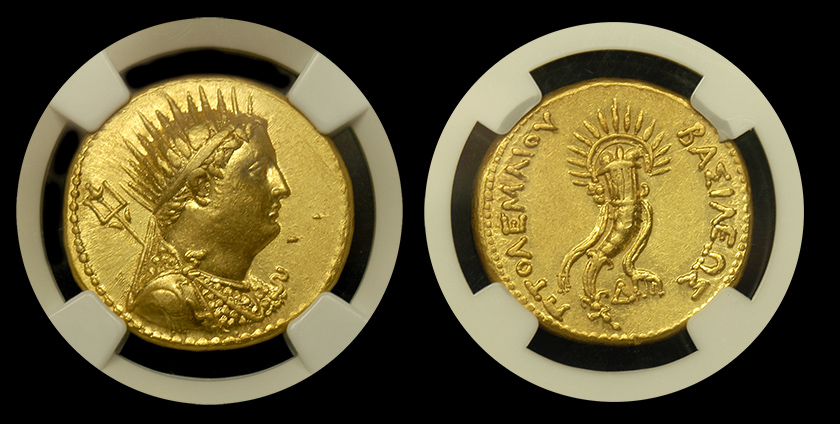
What is the Ptolemaic Kingdom of Egypt? Is easily answered by its Legacy. Additionally, the question leads us to reflect on the enduring advancements left behind by this remarkable dynasty. The Ptolemaic rulers' contributions extended beyond their coinage. Moreover, it encompassed art, literature, science, and architecture advancements. The Alexandria Library, one of the ancient world's greatest repositories of knowledge, flourished under Ptolemaic patronage.
In Conclusion
When someone asks, "What is the Ptolemaic Kingdom of Egypt?" The answer is that the Ptolemaic Kingdom held a significant place in history, marked by its influential rulers and captivating coinage. Most importantly, the valuable metals used in Ptolemaic coins reflected the kingdom's wealth, power, and cultural achievements. Exploring the coinage of this era provides a window into the grandeur and splendor of the Ptolemaic Kingdom. Furthermore, it ignites our curiosity and deepens our understanding of this remarkable ancient civilization.
"What is the Ptolemaic Kingdom of Egypt?" This question invites us to embark on a journey through time, where we uncover the rich heritage and captivating stories of the rulers and their coinage that shaped an extraordinary era in Egyptian history.






